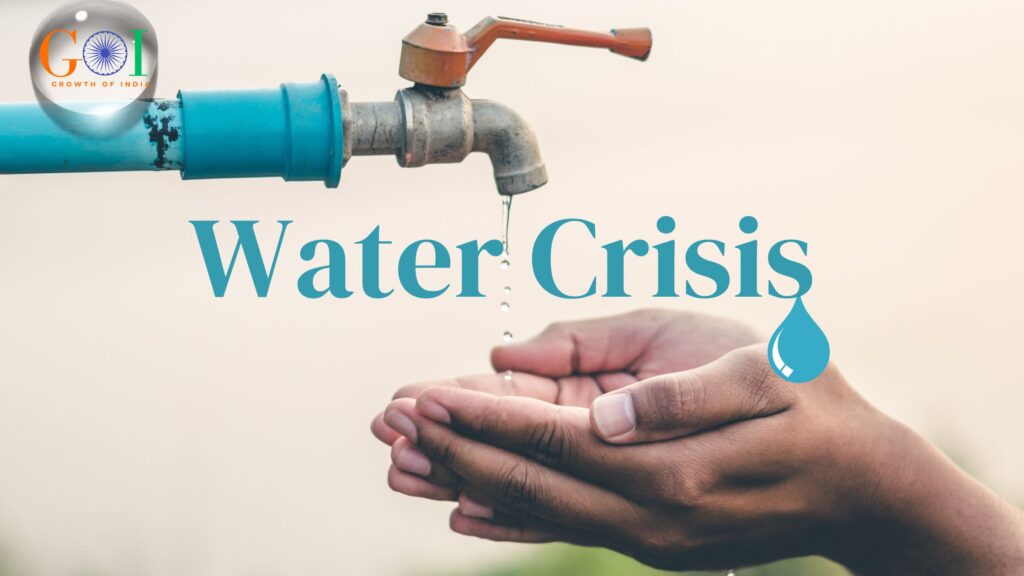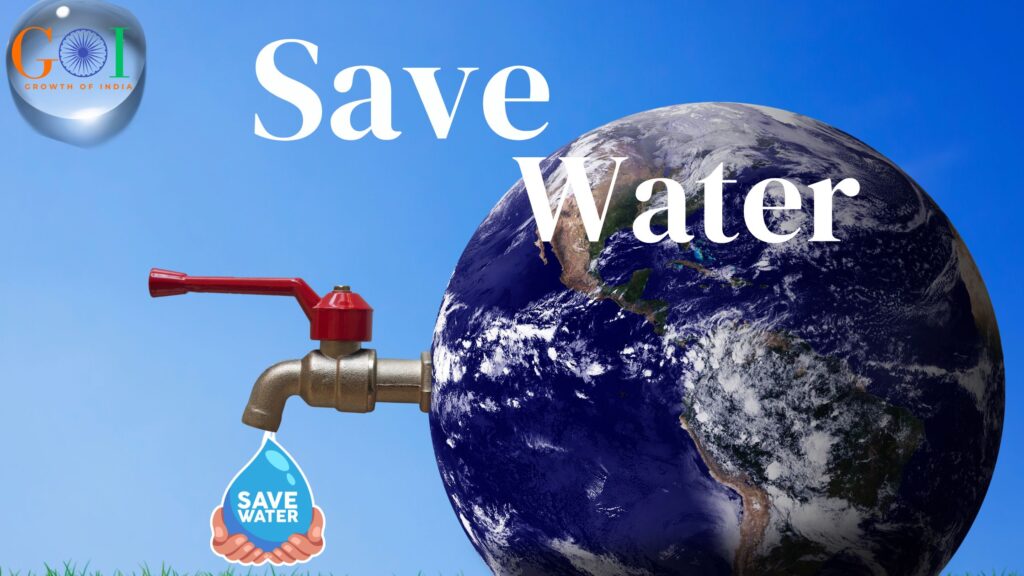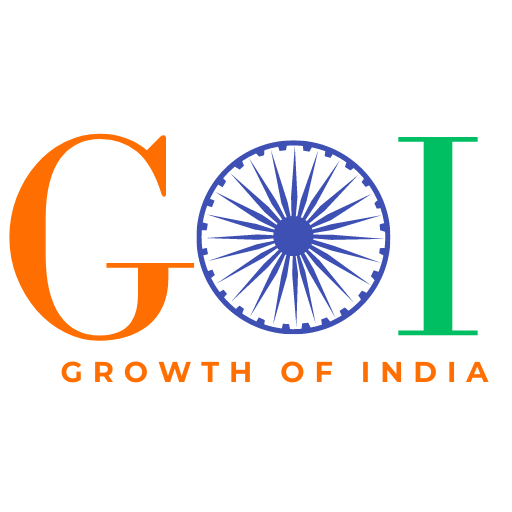Bengaluru has run out of water and this problem has become so serious that people are leaving Bengaluru. The groundwater level was available at 100ft levels earlier but it is not available now because it has depleted to 1800 ft level. The Bengaluru water crisis has become a warning to India, that if we cannot tackle this crisis then the future of India will be in Danger and this is a serious topic towards Growth of India.

We have water Today but having water today is not a guarantee that we will have water in future days. Or you may get water only for an hour and you might face a water cut situation so we should take this problem on a serious note.
The 3 chapters are related to the Water Crisis Problem.
* Chapter 1: How bad is the situation in Bengaluru?
Bengaluru is known for India’s Silicon Valley, Startup, and IT hubs. In 2024 news came out that Bengaluru was running out of water the problem was that Bengaluru’s water supply was quite broken. 70% of Begaluru’s water needs come from the Kaveri River and the rest is fulfilled by Groundwater. The problem is that the groundwater is getting pumped out but this water is not getting restored. Bengaluru Urbanization means concretization, buildings, and roads have increased by 1000% but the number of water bodies has reduced by almost 80%.
India’s major cities face flood problems every year during monsoon. This is a man-made disaster on the other hand Bengaluru’s water crisis is also completely a man-made disaster. To develop the city the Bengaluru Masterplan was made new buildings were built, and IT parks were built to enhance the IT industry but the land is limited. So how did this situation arise?
By reclaiming water bodies, by cutting down trees, when an area develops the population increases then the water need also increases but there is no planning about it, and no discussion about it, when a building gets its construction permission then from where will the residents get water? by law it has been said that in Bengaluru rainwater harvesting is must but if this law was implemented then perhaps this problem would have not occurred.
And since 70% of Bengaluru’s water comes from the Kaveri River which is very much dependent on monsoons, if the monsoons are good then water will replenish in the river, but if the monsoons are deficient or there is the possibility of drought then it will direct impact on Bengaluru and its residents.
The biggest problem in Bengaluru is the existing water bodies have been violated they have been used for property development by filling the lake with mud because of all this the groundwater level has been affected and during excess monsoons, flooding also happens.
* Chapter 2: India’s Water Future
In 2018 Niti Aayog published the Composite Water Management Index which they made the water index on India’s Water Resources and their availability and water scarcity on the first page of that report it is written that 60 crore people live in extreme water-stressed areas.
Every year 2 lakh people lose their lives. Because they do not get clean and safe drinking water. And do you know how much loss we face due to this water shortage? 6 %of our GDP and that is huge to put things in perspective every year we spend 2% of GDP on healthcare and 3.5% of GDP on Education. The problem is that India will keep growing our water needs will also increase more number of apartments being built people will consume more water and for this India has no concrete plan.
The states from which the Ganga River flows those states have done the least water management and preparation This water scarcity has multiple levels of impact. For example, how will we farm without water? how will we grow the same crop every year? People get polluted water which causes health problems and reduces overall quality of life.
For those who can offer water tankers their point is different but for those who do not have money will they get water? And in what condition will they get it? will it be drinking water?
It is important to think about all these problems. Water shortage has a deep connection with food security because India produces and exports high-water-intensity crops like Rice and Sugarcane.
With this, we compromise our water security all these points are in the Niti Aayog Report which means our government knows about it. But they do not take action on it.
Even if a policy is made it does not get implemented properly, but until we don’t talk about these issues we will keep exporting our water to the world. India produces excess Sugar we keep buffer stocks of Sugar and also export it. Not because it is profitable but because prices can crash due to overproduction. We produce so much excess sugarcane that we are producing ethanol from it. India’s 62% of water needs come from groundwaters and there is also an issue of water stress.
India still runs on major thermal power and thermal power plants are heavy water consumers due to this water shortage our electricity production will also be impacted we will be able to produce less power than our potential.
* Chapter 3: Solution to the water crisis

The water crisis and Bengaluru situation are warning a sign for India there is still time if you take the right step now then you will be able to save the country. There are many ways to tackle water shortage and water crisis at an individual level and a policy level but it is also necessary to implement them.
Because as India is getting Industrialized and Urbanized we will have to think about water needs.
* Steps to solve the Water Crisis Problem.
1. The first step is to stop pretending that water is an unending or infinite thing. India does not have unlimited and infinite water rivers like Ganga, Yamuna, and Brahmaputra are glacier-fed. As the glacier melts the water level will increase but in the future, these levels will decrease when there will be no glaciers. India represents 16% world’s population. but has less than 4% of total water. It means that we have to be very careful while using the water there is no choice.
At an individual and societal level, we can take these steps.
2. Remember one thing: Reuse means if you can use water multiple times, then your water demand can be sharply reduced.
For example, you can use AC water for flushing purposes. The water that was going to go to waste now can be used for flushing so the overall water demand gets reduced. You can also reuse your kitchen water you can use the water for plants. You can reuse the washing machine water for flushing purposes, the second solution is to use water converters that fit in your taps to reduce water flow. This converts water into high-stream jets. which reduces water consumption and there is no compromise in cleaning so you can fit this in every taps.
3. One more example is nowadays everyone has RO water purifiers and we use for 3 times a day whenever the water is filtered collect the remaining water in a bucket. And we can use that water for cleaning purposes you can use that grey water for flushing which means the water that could go into the drain the same water can be used for cleaning the floor. With this one small action, we can save 20 liters of water in one go.
4. At a societal level every society should arrange for Rainwater Harvesting. This is the right time to do it because 3 months left for the rainy season. These rainwater harvesting pits will capture the rain in the monsoon and will recharge the borewells of your buildings. This rainwater harvesting structure has another benefit it stops flooding because the water goes directly into the ground. So rainwater harvesting is beneficial both during droughts and floods.
5. In new housing projects, rainwater harvesting is a must as per reports, at policy and government levels we should not try to hide the water shortage. Let’s take the example of Capetown water Crisis, there was news about Capetown that it was the first city to run out of water in 2018. They didn’t deny the water shortage they admitted that they have a water problem and we need to solve this together.
6. In every smart city, there should be lakes, it is important to conserve wetlands and make parks out of them, and also mangrove conservation is important.
We should remember that water is a gift and we cannot take it for granted, due to climate change India is experiencing unseasonal rains and intense rainfall in short periods due to this there are flash floods in areas like Himachal Pradesh.
Water scarcity is our reality so we should accept this reality think about the solutions and take action so that in the future we do not face any Water crisis.
For more useful and trending news visit our website growth of India.com
